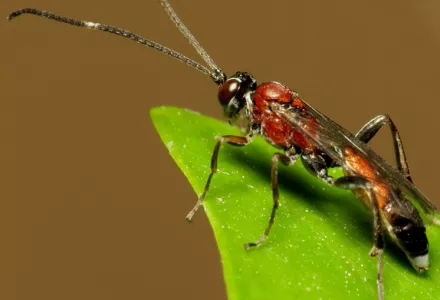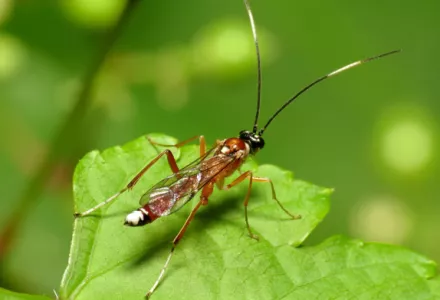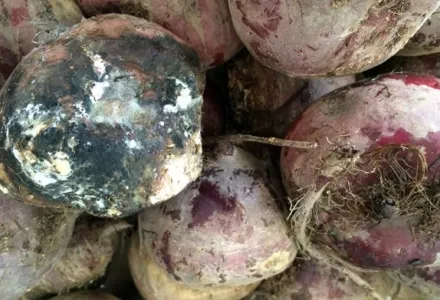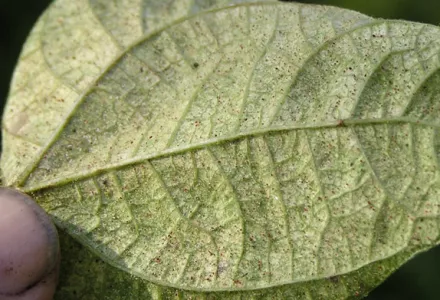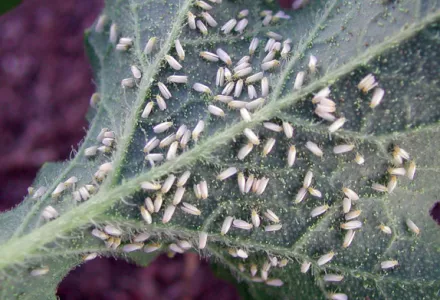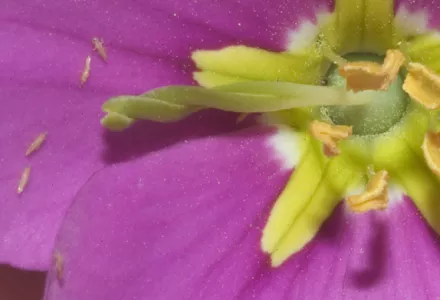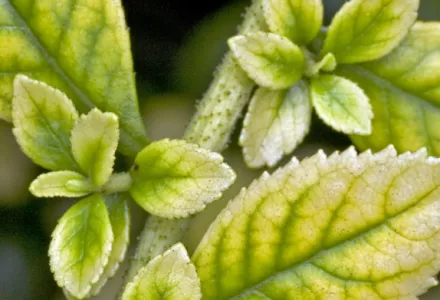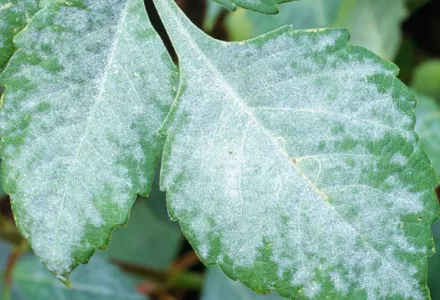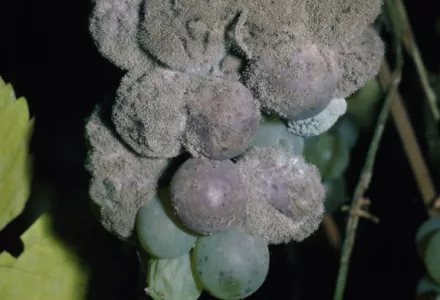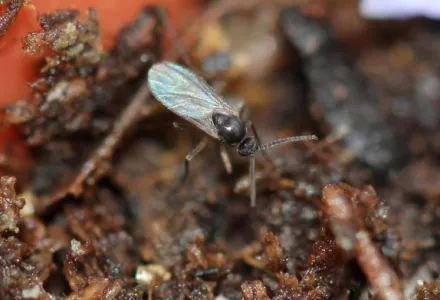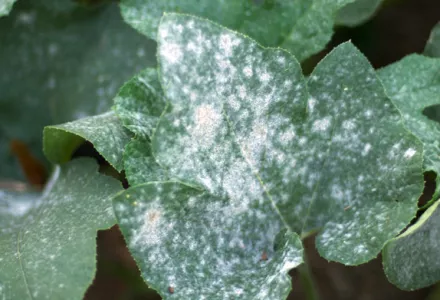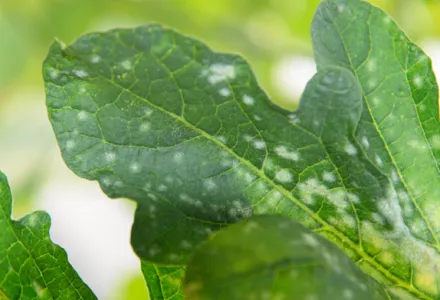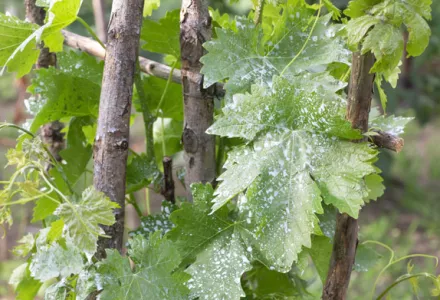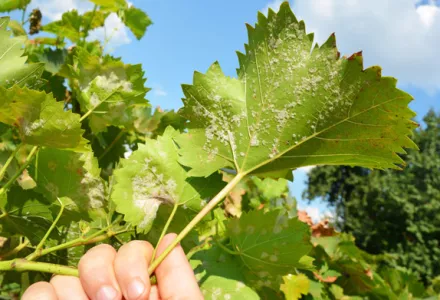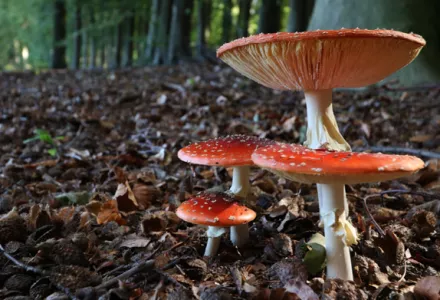In previous articles we informed you about the different types of oidium. Now it's mildew's turn! However, we will not elaborate on the difference between false and true mildew. This has already been dealt with in a previous article. To read this article you can either search the member section on the website or look through the previous newsletters you received from us.
The effects of mildews
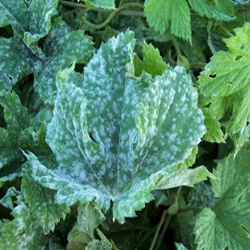
Mildew is the common term used for two fungi that cause this disease in hop plants: pseudoperonospora humuli and pseudoperonospora cannabina. The former is a major problem on hop plants and plenty of information is available on it, although there is hardly any literature on its development in hop plants, specifically.
The effects of mildews
In any case, we have a good picture of the effects of these mildews in hop plants. As the disease spreads, the leaves curl up, necrotise and eventually fall off. The parts of the mycelium containing the spores of this fungus emerge through the stomata of the plant. In good light it can readily be identified as a grey to purple felt on the back of the leaves.
Cold nights (around 10ºC) with very high humidity (over 85% relative humidity) provide ideal conditions for the formation of the sporangia (the structures containing the spores). Once the spores of these fungi reach the leaves, they require very high levels of humidity or even free water (rain, dew, etc.) to germinate and penetrate through the natural gaps in the leaf (the lenticels and stomata). One feature of the spores of these fungi is that they have little hairs (flagella) which make them mobile; for this reason they are known as zoospores. The sporangia require free water to release the spores, which then move through water using their flagella.
As a result, this fungus occurs only at certain times of the year and in areas with prolonged rainfall. The spores are also scattered on the wind. Spores form by night and day, but are only released during daytime.
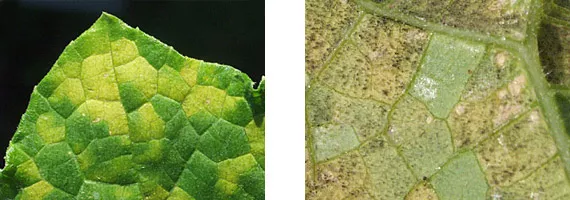
How to control mildew
The optimum temperature range for infection is 16ºC – 22ºC. Once the plant has been infected, the development of the fungus is promoted by fluctuations between day-time and night-time temperatures, the optimum day-time and night-time temperatures for the development of the fungus being 25ºC and 15ºC respectively.
Mildew-type fungi can be controlled using copper-based preparations, rather than the sulphur-based ones used to control oidia. Because mildew spreads to the internal layers of the plant, you should attempt to control it using fungicides with a systemic effect, such as potassium phosphite.

